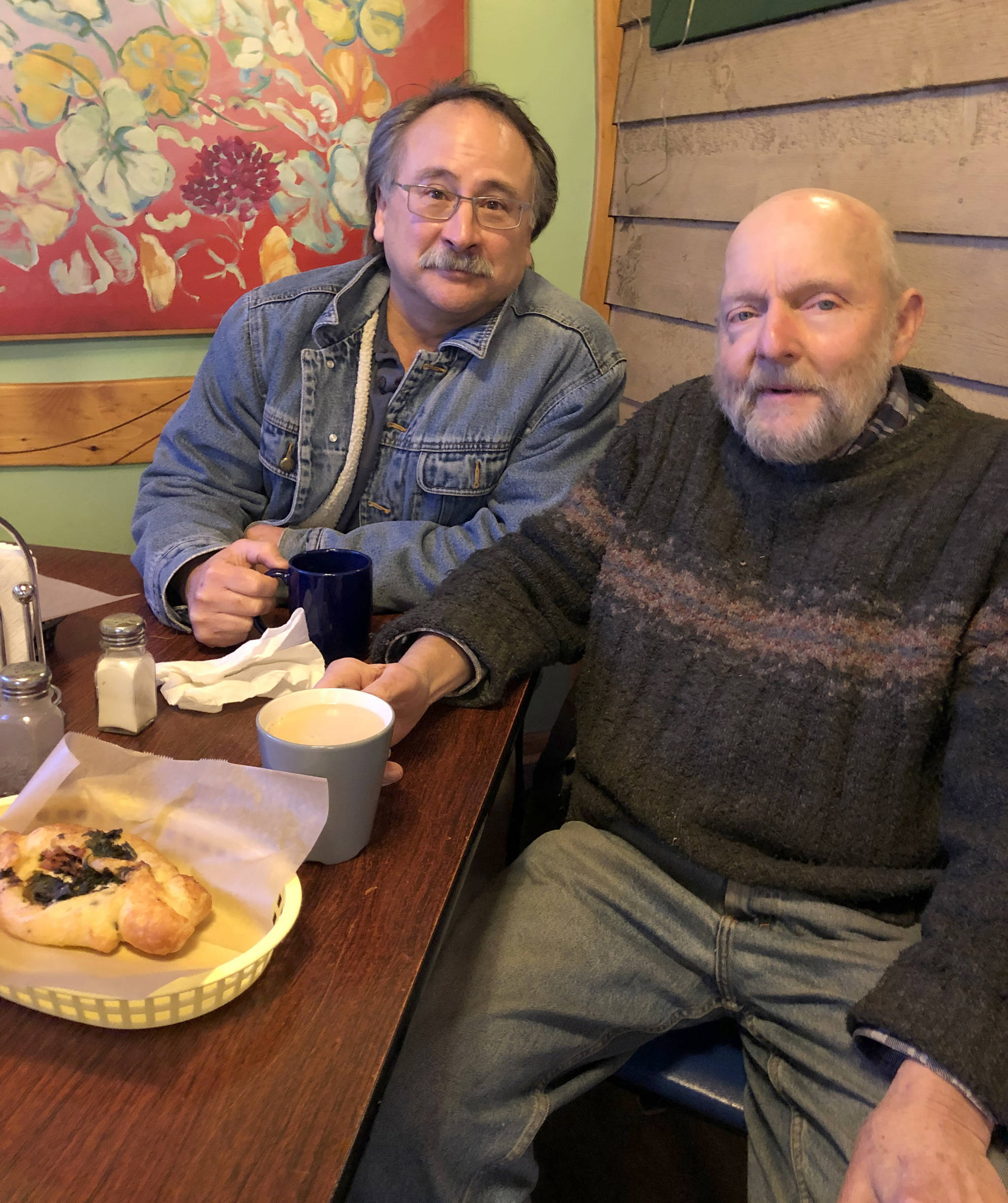“Welcome to Refuge Notebook. This is day one, page one of a new weekly column devoted to life and happenings on the Kenai National Wildlife Refuge. We staff members and friends of the refuge have signed up for this project because we think we have some interesting stories to tell. We hope that the more our readers learn about the refuge, the more they will appreciate it and help take care of it.”
With that, the Refuge Notebook launched on March 12, 1999. Ed Berg, former ecologist at the Kenai National Wildlife Refuge, wrote these words in the inaugural article entitled, “Learning about past helps with predicting the future.” This weekly column is published in the Friday edition of the Peninsula Clarion both online and as newsprint.
Now, 20 years later, this series passed the spectacular milestone of 1,000 articles this summer. There have been over 200 authors, of which 120 were single-article authors. More than half of the articles were written by refuge biologists; the remaining were spread out among refuge staff in visitor services, fire management, law enforcement and other programs.
Many of the single-article authors were seasonal staff, working here for the summer. For those folks, an opportunity to write a newspaper article is both a learning experience and a line on their resume.
The heavy hitters in this lineup were its two editors, Ed and me. Ed served as editor from its inception in 1999 to 2010, when he retired. I’ve carried that water since his departure. We both have contributed over 100 articles each, in addition to editing the drafts of literally hundreds of writers who varied from really great to really not so great.
Editing the latter drafts is sometimes a delicate issue. Ed used to tell struggling writers that, “My job is to make you look good.” I also find this message usually shifts the mind-set from defensive to appreciative.
All things considered, this has been a labor of love for both Ed and me, gifted with the wonderful opportunity to hear the individual voices and perspectives of both permanent and seasonal staff over the years.
On occasion, we’ve also had guest authors. Some articles were written by university researchers working on the refuge. Some were written by colleagues in other agencies (for example, Alaska Department of Fish and Game) or local nonprofit organizations such as the Cook Inletkeeper or Kenai Watershed Forum.
More rarely, we’d invite local experts like Dr. Dick Reger or Dr. Tony Burgess to share their unique knowledge acquired over a lifetime of doing what they do.
Our typical article is 800 words, usually accompanied by a photo. As an editor, I try to get authors to write in first person and active tense. I also ensure that most articles clearly tie to the Kenai refuge or Kenai Peninsula. My standing rule is that our articles should be factually correct and help clarify (not confuse) an issue. We also try our best not to advocate, but to inform.
With that said, there are few constraints on what can be written about. I used an online random number generator to select 10 articles to make my point. Seasonal employees wrote two articles, one about their summer field experiences as a biological intern and the other about the poisonous baneberry. Permanent staff in my random selection of the other eight articles included one deputy manager, six biologists and one wilderness ranger.
Topics were amazingly varied: the Christmas Bird Count, waterfowl hunting, using ground beetles to track climate change, how unexpected wildlife encounters make lasting memories, Henry David Thoreau, the Peninsula Sportsman Show, climate envelope models of future bird distributions, and the unexpected discovery of tall woolly-heads.
In my case, when I put on my hat as a contributor rather than an editor, I use Refuge Notebook articles for my own purposes. Sometimes I write about management issues such as wildlife underpasses or invasive species. Sometimes I write about the life history of a species (for example, northern groundcone), a mineral (for example, agates), ecological processes (for example, wildfire) or the landscape (for example, nunataks).
Sometimes I write just to figure out something for myself. I wrote one recently on rethinking nonnative species in a human-driven world because it was something I’d been stewing on for a while. Putting pen to paper is a great way to force clarity.
The Peninsula Clarion has proven a great partner over the years. Will Morrow and now Jeff Helminiak have been our liaisons at the newspaper. Published articles can be found online ( https://www.peninsulaclarion.com/tag/refuge-notebook/), but only the more recent ones. When the newspaper changed ownership a few years ago, many of the older articles were not restored online.
The good news is that the Kenai refuge maintains these articles on our own website at https://www.fws.gov/refuge/Kenai/community/refuge_notebook.html. I encourage you to visit this site. Some articles are outdated immediately and others may not have lasting interest. But there are gems among the Refuge Notebooks.
Dr. John Morton is supervisory biologist at Kenai National Wildlife Refuge. Find more about the refuge at https://www.fws.gov/refuge/kenai/.


